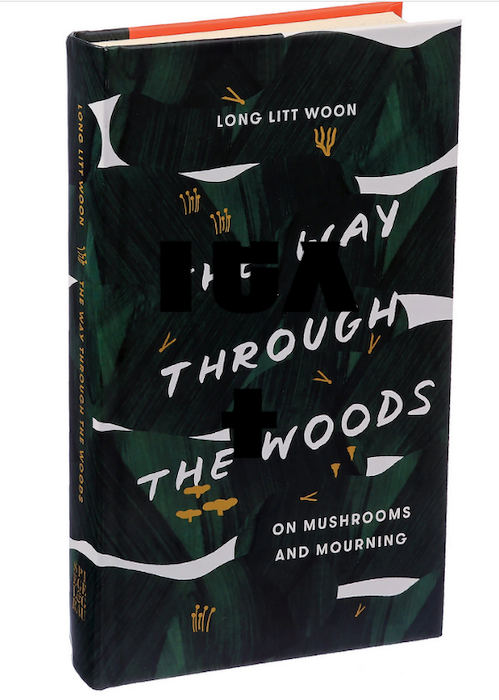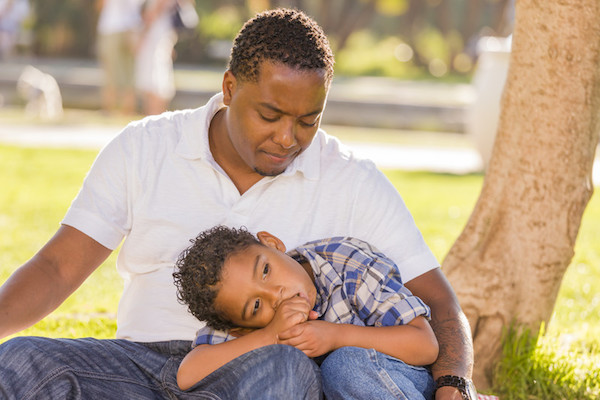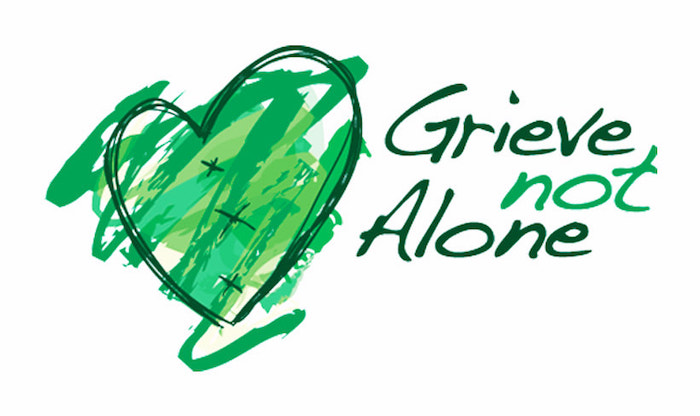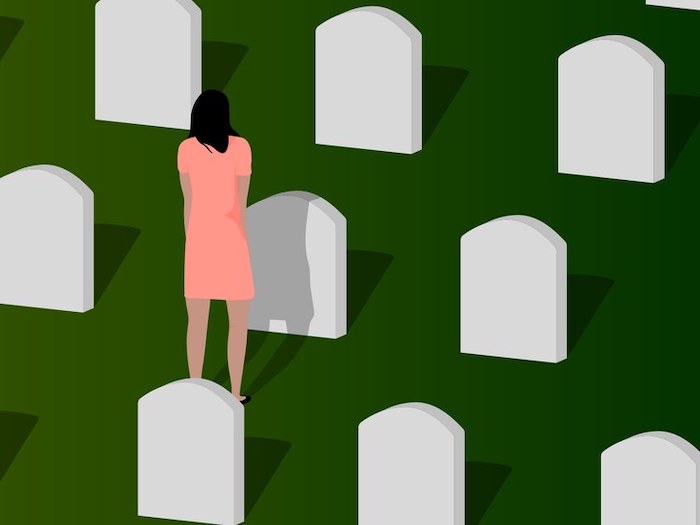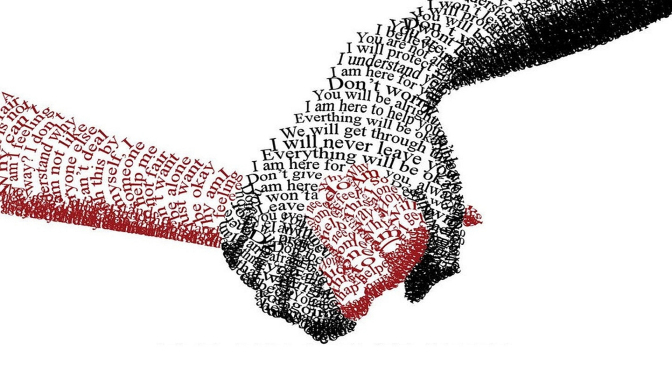By Sabina Nawaz
At the end of a hectic travel season, I was looking forward to a four-day weekend. Right before boarding the plane for home, my phone rang. It was my mother’s assisted living facility. My stomach always tightened when their number displayed on my phone, but usually it would quickly ease. Not this time. Instead of the routine, “Your mother’s fine; we’re calling to inform you about…” this time the nurse said, “Your mother has stopped eating.”
My mother was at the end of her 15-year battle with Alzheimer’s disease and her life. Mom, who used to be an English professor, now had a vocabulary in the single digits. I knew that her quality of life was continually declining. Yet news of her imminent demise was a gut punch. I was thankful for the break in my travel so I could be with her and offer her as much comfort as possible.
Mom and one of my best friends died within a year of each other. In each case, I knew they were going to die, so I shouldn’t have been surprised to experience anticipatory grief — a distinct type of grief different than the grief we experience after a loss. Anticipatory grief involves coming to terms with the impending event, learning how to incorporate it into our reality, and planning our good-byes.
In our society, there is little accommodation for the intensity and duration of the grieving process. The typical length of bereavement leave is three to five days. There is even less institutional support for anticipatory grief. Neither my consulting work with numerous companies nor my research on grief support has uncovered any concrete data on workplace benefits specifically designed to help employees through a season of imminent loss. There are generic family care leave policies in place at about 67% of companies worldwide. A few days of paid leave is typical; additional unpaid leave of several weeks or more is sometimes available. In the U.S., the Family and Medical Leave Act (FMLA) provides for 12 weeks of job-and-benefit protected leave for certain kinds of family care needs. It’s unpaid and restrictions apply — for example, the employer must have 50 or more employees in the location for an employee to be eligible. Other criteria mean that many people don’t have access, and even if it is available, many employees may be financially unable to take unpaid time off.
What’s more, even when a death is expected, the timing is unpredictable, and the process may be prolonged. You likely need or want to continue working for the duration but may require special considerations. Your boss and colleagues know that they’ll cover for you when you attend the funeral, but how much space will they give you prior to the death?
Each person’s circumstances and reactions are different. The death of someone close impacts our personal life and relationships in myriad ways, making extra demands on our time and emotional well-being. In response, we can feel depleted at work. But there are ways that you can better manage both anticipatory grief and your workload, so the process is less draining. The following suggestions reflect my recent dealings at work while experiencing anticipatory grief.
- Prepare your colleagues. Many people won’t know how to respond when you announce the anticipated death of a loved one. Be explicit about what you’d prefer in your interactions to garner the support you need. After my long weekend, I was scheduled to teach an intense three-day leadership class with a few colleagues. I needed to be fully present for the class participants and my fellow course leaders. I explained my mom’s situation to one of my colleagues, Liz, and asked her to inform the others. I also said that it would help me most if no one mentioned the situation during the class or treated me differently than they normally would. Receiving their empathy when I needed to focus on work would likely make me dissolve into a puddle of tears. In a different setting, talking about an impending loss with an empathetic colleague might be both comfortable and helpful.
- Create a plan B. You won’t know exactly when you’ll be needed at home — whether it is before or after your loss — so create a backup plan for work. How many people you ask for help will depend on how open you want to be about what you’re going through. Perhaps you choose just one trusted colleague or discuss a plan with your boss or you distribute the load by asking smaller favors of multiple coworkers. For the class I was teaching, Liz and I mapped out how she and our colleagues would divide up the session and handle breakout discussions if I had to leave on short notice.
- Ask for a second set of eyes. There’s a lot on your mind during major life events. Give yourself space — particularly when you might not be performing at your usual high level. Ask a colleague to double check important items in your work. This could prevent a costly mistake, and your teammates will be glad to have tangible ways to support you. In the weeks leading up to my friend’s and my mom’s deaths, I found myself forgetting many things and making mistakes. In one instance, I arrived for lunch with a friend and realized that I hadn’t brought my wallet. On another occasion, I asked a colleague to review terms in an important work proposal before submitting. He found an error that would have cost me $2,000. Mistakes don’t mean we’ve quit caring about our work; it’s normal to experience brain fog during a crisis.
- Seek support for your loved one. You may want to be with your loved one all the time, but you may also have to attend to needs at work. It’s easy to feel guilty in your personal situation and inefficient at work — an emotional toll that’s hard to sustain over time. Ask friends to stand in for you so you can concentrate on your task. Trusted friends visited my mom, held her hand, and read to her. It was easier for me to tackle pressing work when I knew loving helpers were reading Wordsworth’s “Daffodils” and Marc Anthony’s speech from Julius Caesar to Mom. And being able to give my full attention to work allowed me to complete it more quickly and return to my mother that much faster.
- Identify permanent no’s. Expecting someone you care about to die brings your priorities into sharp focus. Suddenly, it’s easier to remove yourself from a noisy distribution list or miss that meeting you wondered why you were attending in the first place. As you say “no” in the short term, take this clarifying opportunity to say no permanently to low-impact activities that have become unquestioned habits.
Loss is inevitable in a life well lived. We accrue abundance through our relationships and experiences, but we also inevitably lose some of our treasured people. Creating space to take care of yourself and your obligations in the face of upcoming losses allows you to manifest a different sort of gain in your life: peace of mind, emotional well-being, and acceptance of loss over the long term.
Complete Article ↪HERE↩!


